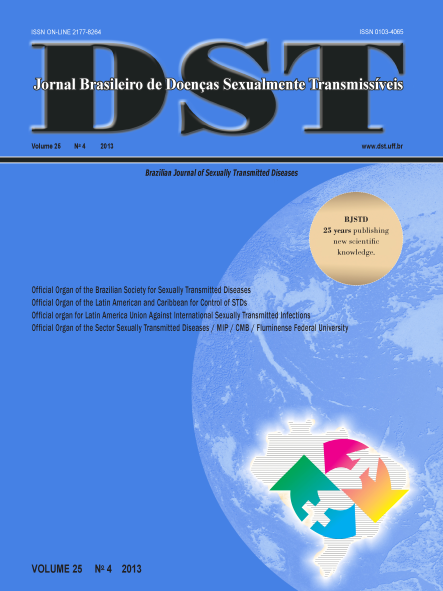A look at the factors of vulnerability of adolescents to HIV/AIDS
Keywords:
Acquired immunodeficiency syndrome, vulnerability, adolescentsAbstract
Introduction: Adolescence is considered a phase of intensive biopsychosocial changes. With contemporaneity, you can see teenagers in the splendor of this phase experience sexuality actively, often hiding the practice from parents, guardians, and friends. This fact, coupled with the lack of policies directed to the care of adolescents, has favored the increasing number of cases of infection by HIV/AIDS in Brazil. Objective: To identify trends in the scientific literature about the vulnerability factors that predispose adolescents to contracting HIV/AIDS. Methods: This is a study of integrative review, conducted by consulting the Virtual Health Library (VHL), the databases are used: Scientific Electronic Library Online (SciELO); Latin American and Caribbean Literature on Health Sciences (LILACS). Articles were consulted covering the period 2009-2014, and they were prepared, analyzed and described in a specific table. Results: For the development of the present study, 11 items were selected, respecting the prioritization criteria. Vulnerability factors found in the texts were enrolled satisfactory for the purposes of the study, and therefore elementary to make this review. Among the most commonly found in the performed readings, insufficient or erroneous knowledge of adolescents about HIV infection/AIDS stands out. Conclusion: The method used was effective for accomplishment of our objectives. Results presented throughout the review show that knowing the increasing vulnerability of adolescents to HIV/AIDS allows that actions for this audience are guided by integrating family, school, health facilities, and other environments in which adolescents are inserted so that risks are identified and reduced by determining appropriate strategies.












